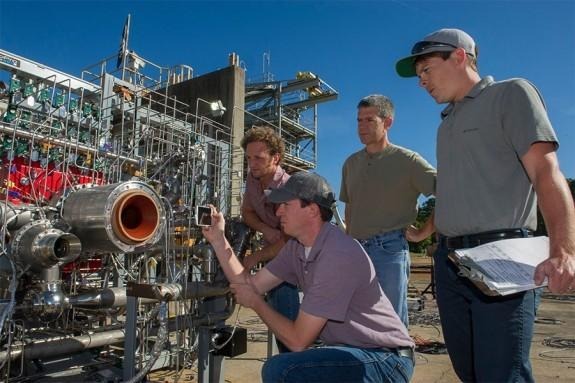NASA researchers work towards completely 3D printed rocket engine
NASA has been spending considerable time and effort into developing a 3D printing methodology that will allow it to build complex rocket engine parts using 3D printers. NASA was able to create a 3D printed copper rocket engine part that functioned correctly in April 2015. The scientists then followed that copper creation up with a 3D printed turbopump that spins at 90,000 RPM.
A NASA team has now moved another step closer to building a completely 3D printed rocket engine by making complex engine parts and test firing them together. The test firing of the 3D printed parts involved cryogenic liquid hydrogen and oxygen that produced 20,000 pounds of thrust.

3D printing is seen as a key technology in improving the design of spacecraft and making space exploration more affordable. NASA plans tests in the future with different propellants including liquid oxygen and methane. These are key propellants for Martian landers since oxygen and methane production may be possible on the surface of Mars.
NASA says that 75% of the rocket engine parts tested were built using 3D printing techniques. Seven tests were performed using the rocket engine and some of the tests lasted as long as ten seconds. Temperatures in some parts of the 3D printed engine components reached 6,000-degrees Fahrenheit.
SOURCE: NASA
